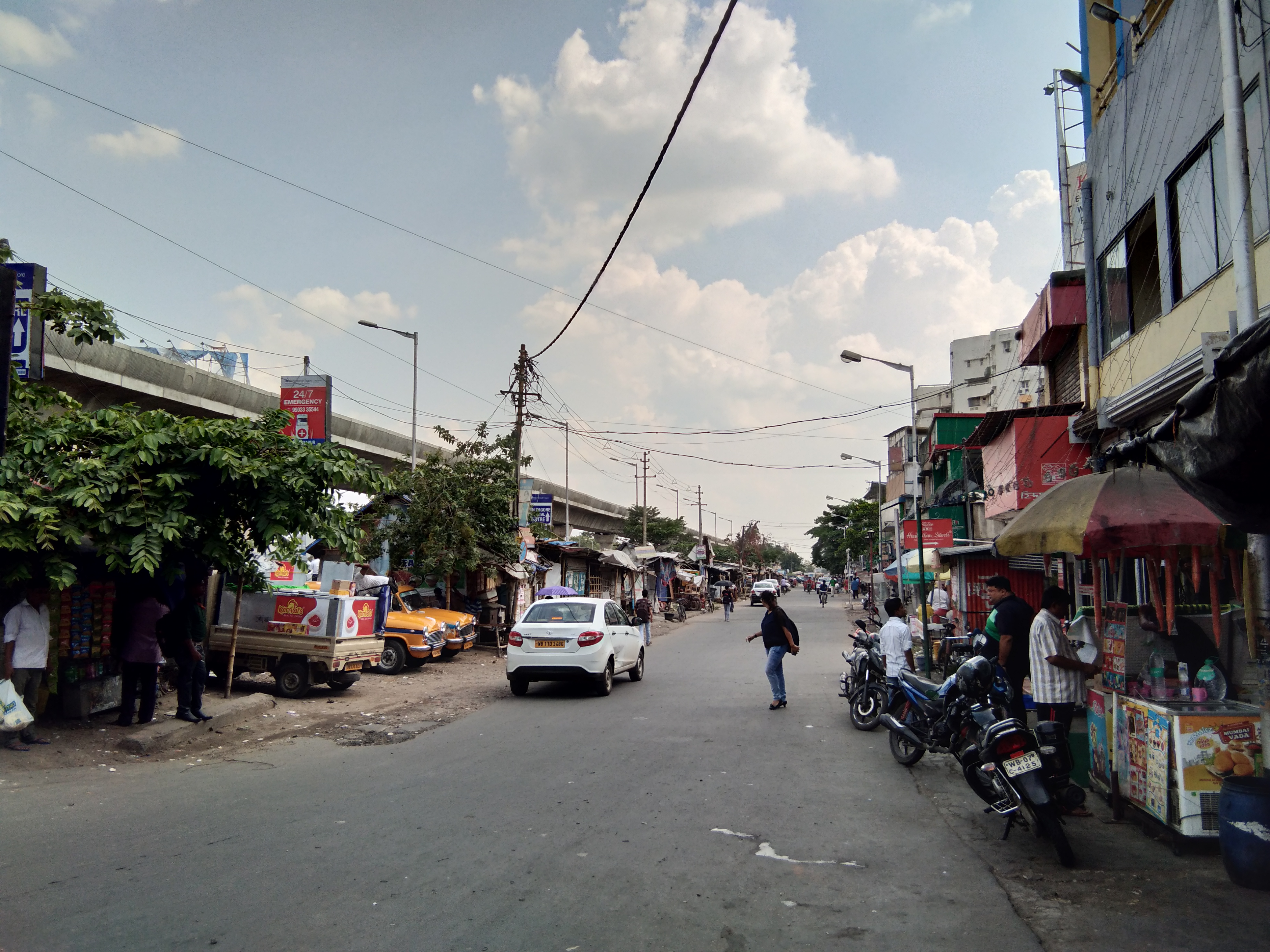India, Kolkata
FC-01x Future Cities (Self-Paced) - Exercise 1 : "Making the Invisible - Visible"

Uploaded on 2017-07-30 by Shiladitya Roy
The image presented here is an image of a neighborhood road in Kolkata. Here in this image we can visualize the following information's: - A transit road is present - Urban shops integrated with building of another function (residential/commercial) are present on one side of the road - Informal shops made by the urban poor are present on the other side of the road. - The road is used both for vehicular transit & pedestrian transit. The Invisible information available are: - The interaction between the urban shops and the transit path creates a way for generating interaction between people thus making the space live and humane. - The informal shops present on the other side of the road also gives the information that the space is also meant for the use of urban poor too, thus fostering social equity in urban space. Out of the two invisible information's available, I would like to focus on the information provided due to the presence of informal shops present on the other side of the road, which fosters social equity: As we know, that an urban space is meant for all class of people, so to make the city livable, the presence of service provider of all types and mainly by the urban poor and also for the urban poor makes a sense of social equity and also provides a confidence to the urban poor that the city belongs to them too, and only for those who are economically strong. Now, presence of such shops, also brings about the creativity from the urban poor class, which are obviously low cost, thus making the availability of more opportunities for other groups of people. Also, integration of shops with the transit path makes the space more lively thus fostering livability , and in this case, livability for all class of the society. So, while designing future cities, such points should be remembered, as the city is not only for the rich.